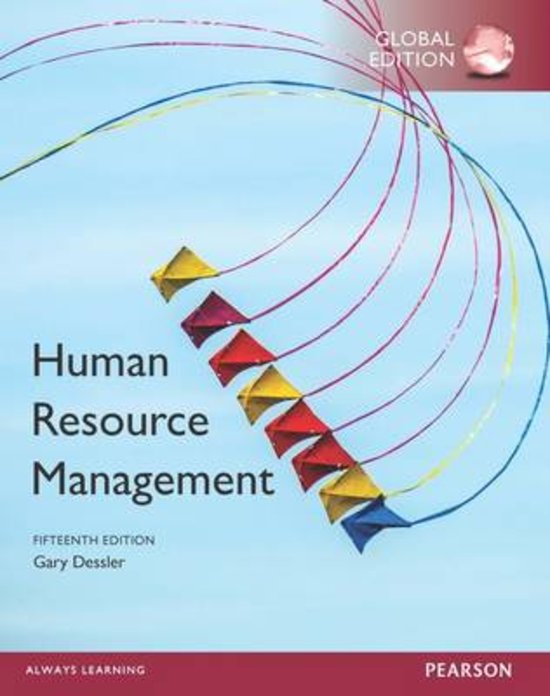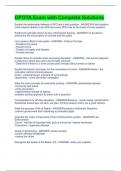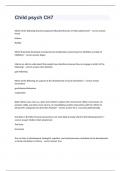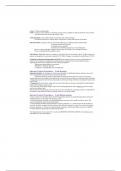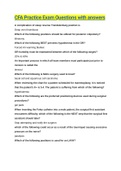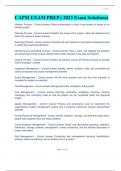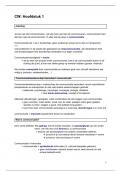➢ Explain what HRM is and how it relates to the management process
HRM is the process of acquiring, training, and appraising and compensating employees and of
attending to their labor relations, health and safety, and fairness concerns. It concerns all managers
because the company gets results through its people.
➢ Discuss and illustrate each of the important trends in HRM
Artificial Intelligence - e.g., to determine if someone is a good candidate for the job.
Autonomy to employees -e.g., more engaged employees
Changes in talent sourcing - e.g., glass door, tinder to match potential employees and companies
➢ Describe “distributed HR” and important aspects of HR today
HRM tasks being assigned to the company's employees and line managers. Distributed HR is where
less of the work is being done by a central HR office but can be completed by workers and line
managers directly after a job is completed. Technology allows access to information much quicker
allowing multiple people to be involved in this process.
➢ List 4 important HR manager competencies
○ Good communication
○ Being motivational
○ Developing people
○ Leadership
○ Strong sense of ethics
What does an HR manager do?
- Everything from recruitments (the right people in the right place at the right time)
- Communication (national or international) (making sure the terms and conditions are right
for their people)
- Keeping people motivated
- Developing people (makes company stronger)
- CHALLENGE: keeping all the employees aligned with the company direction
Why is HR important?
- Human capital can be a competitive advantage
- To reach the goals and executive strategies of the company
- Increasing corporate profit = HR as a center of corporate profit
Value-added human resource practices improve employee performance and company profitability
e.g., training your employees on how to sell more bank services and give them authority to make
decisions and raise wages.
1
, 1. What is Human Resource Management
HRM is the process of acquiring, training, appraising and compensating employees and attending to
their labor relations, health and safety and fairness concerns.
Managing: to perform 5 basic functions (=management process)
- Planning
- Organizing
- Staffing
- Leading
- Controlling
1.1 Importance to ALL managers
➢ Avoid making personal mistakes
➢ Improving profits and performance = getting results through people
➢ All managers are HR managers for some time
1.2 Line and staff aspects HRM
Line authority
Superior - subordinate relationship
Line manager is a manager who is authorized to direct the work of subordinates and is responsible
for accomplishing the organization’s tasks.
Staff authority
Advisory relationship
Staff manager: gives a manager the right to advice other managers or employees
Human resources management jobs
Recruiters, equal employment opportunity (EEO), affirmative action coordinators, job analyst,
compensation managers, training specialists
2
, 1.3 The HR department + responsibilities
The HR director has people working under him for recruiting, employee relations, compensation,
training, health and safety
2. Trends shaping HR
2.1 Workforce demographics and diversity trends
An increasing number of
- Women
- Minority groups
- Older workers
2.2 Three big trends in what people do
Globalization trends
- Extending to new markets abroad
- Globalization increases international competition = more pressure
Economic Trends
- Many governments stripped away rules and regulations
Technology Trends
- Social media for recruitment
- Mobile applications for monitoring employee location, to provide digital photos at the
facility clock-in location to identify workers
On-demand workers: they work when they can
- freelancers, independent contractor workers
- Uber
Human capital: more high-tech jobs. The acquisition and development of superior human capital
appears essential to a company's profitability and success.
3


